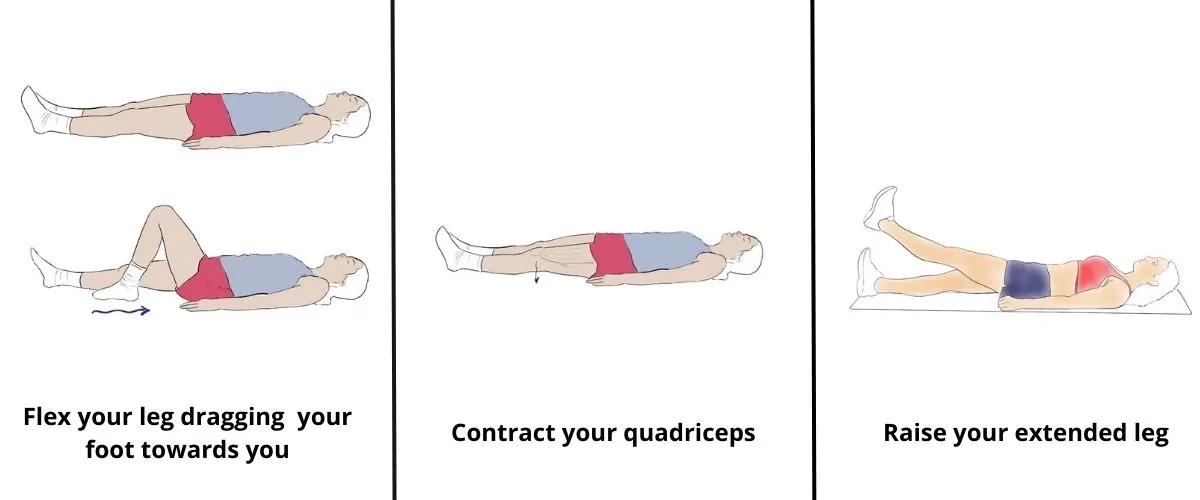Doing the right physical therapy (PT) after ACL surgery is crucial if you want to make a good recovery.
You have to do it right and you want to start early on. If you don’t, your knee will get stiff and you won’t be able to flex it like you used to.
Look at it this way: no matter how good your surgeon was, if you screw up this part… results won’t be good. Much of the success of ACL surgery depends on your dedication to PT, rather than surgery itself.
The main goals of physical therapy after ACL surgery are:
- Gaining a full range of motion. Right after surgery, you won’t be able to flex your knee completely because it’s swollen and painful. However, if you don’t push it, it will “get used” to not flexing completely. If that goes on for a long time, your knee will form fibrotic tissue and then it will be much harder for you to improve.
- Recovering your muscle tone and strength. After several weeks of inactivity, your muscles get week. The speed at which they lose their tone is amazing—all that time your leg muscles will be doing no work at all.

Depending on your situation you’ll need a different program, but let’s see what the typical physical therapy looks like:
· Right after surgery: First 4 weeks
You have to be very gentle at this moment, because the surgery is so fresh.
In most cases, you’ll be using crutches and a knee brace. Your doctor can set your brace in different positions, so that it allows more or less flexing. At this point it will be locked in extension.
There are some light exercises you can do to work on your range of motion and muscle tone at this stage:
- Flexing your knee while lying down on your back
- Quadriceps isometric extension: just contracting your quadriceps with your leg extended, not moving anything (that’s what isometric means)
- Raise your leg straight up while lying down

· Second phase: up to 16 weeks
Time to move it up a notch. You’ll no longer be walking with clutches.
You can go on to these exercises:
- squats
- lunges
- lateral walk: move side to side while flexing both your knees a little bit.
Remember, you won’t be using any weights nor machines, just your body. You don’t want to push it too far. If you want, you can add some elastic bands to increase resistance.
Try to spend 30-45 min every day doing these exercises (no, 5 minutes won’t be enough).
You can also start working out on the static bike or the treadmill.
· Third stage: after 4 months
By this time your knee should be stable enough. You can start running, but be very careful. Avoid uneven surfaces.
After 6 months you may want to consider including some moves specific to your sport, like football or basketball drills. Don’t start working out fully yet, but you can include some exercises that are closer to your regular trainings.
After 9 months-1 year, most athletes are usually able to go back to their sport routine.
Leave a Reply